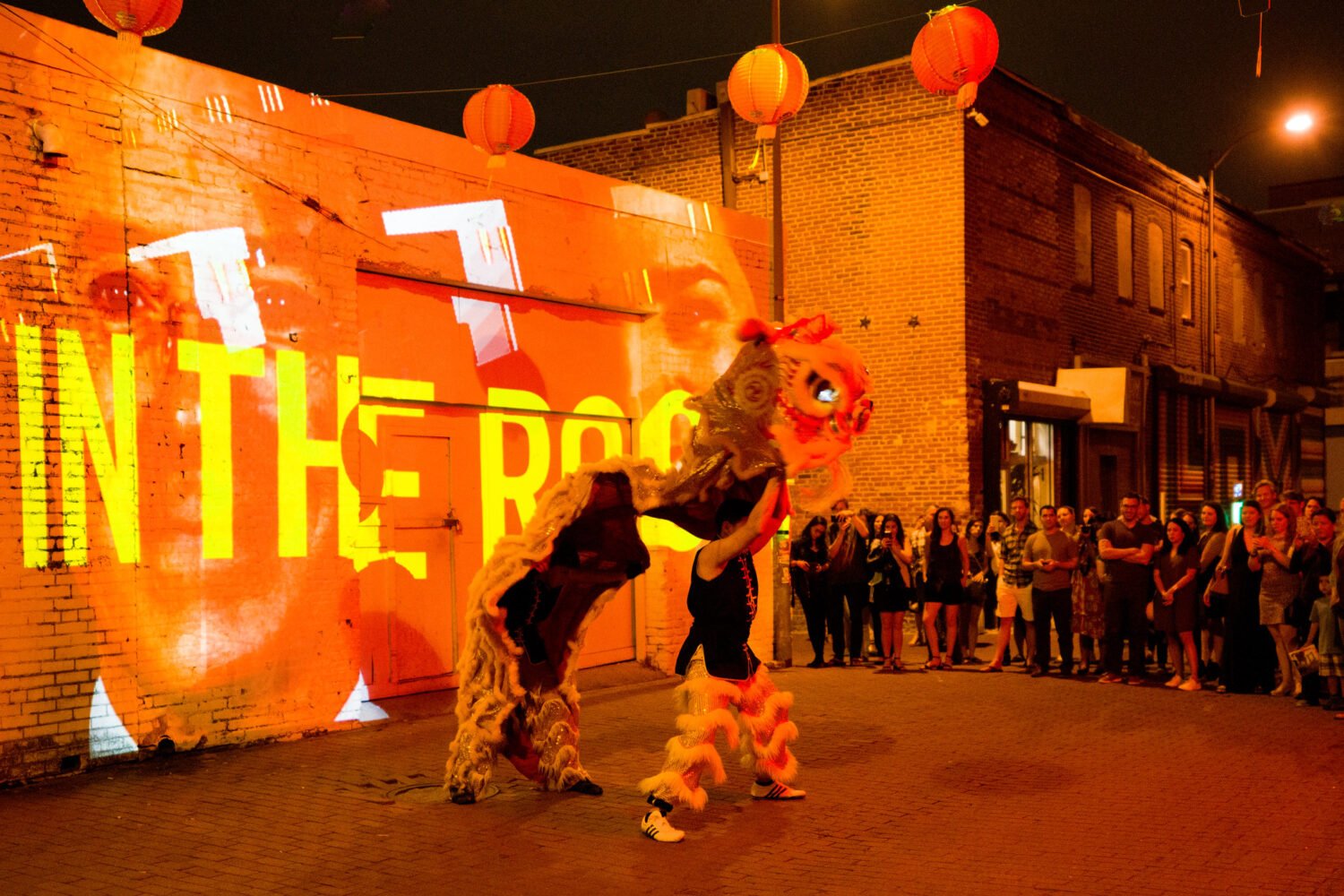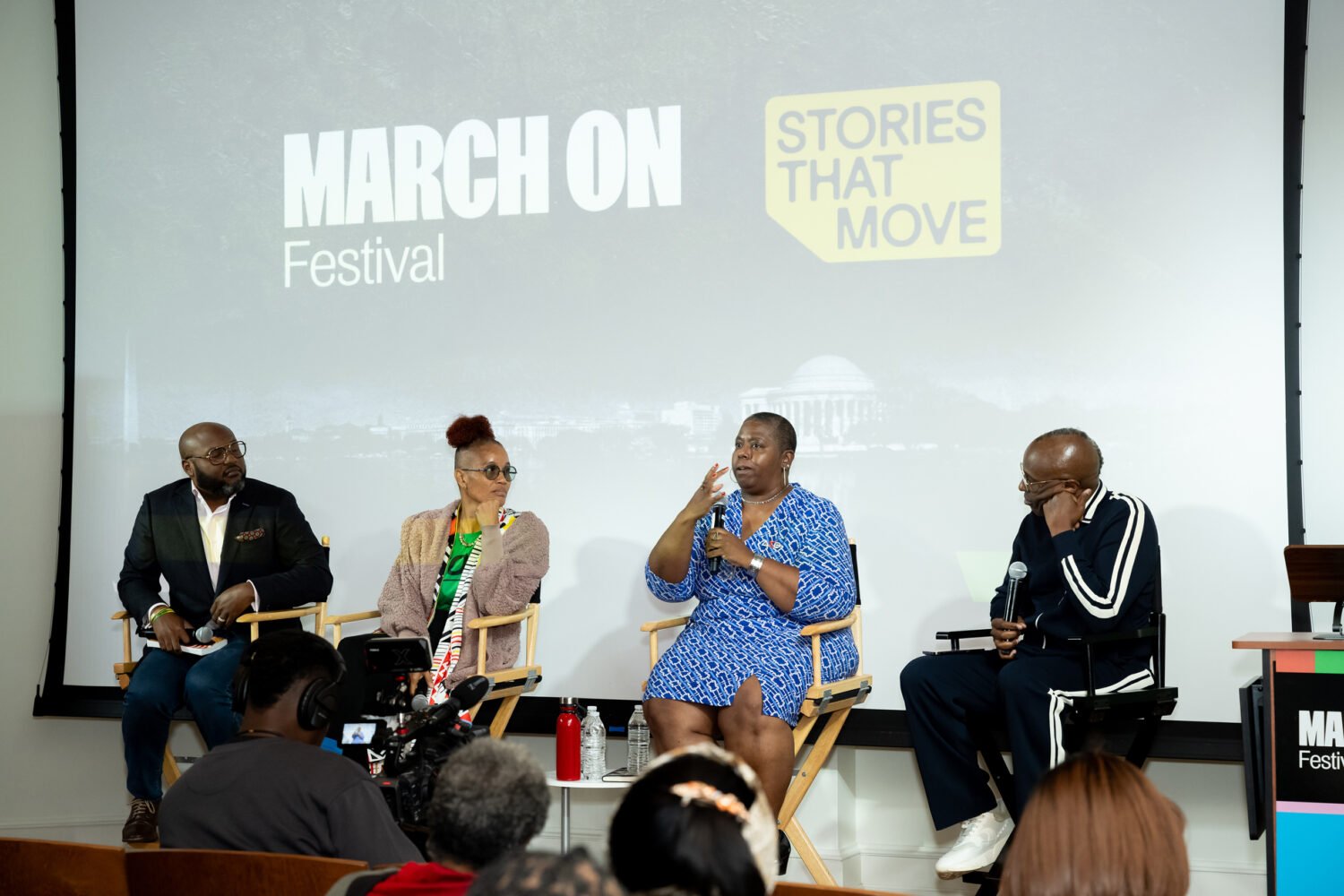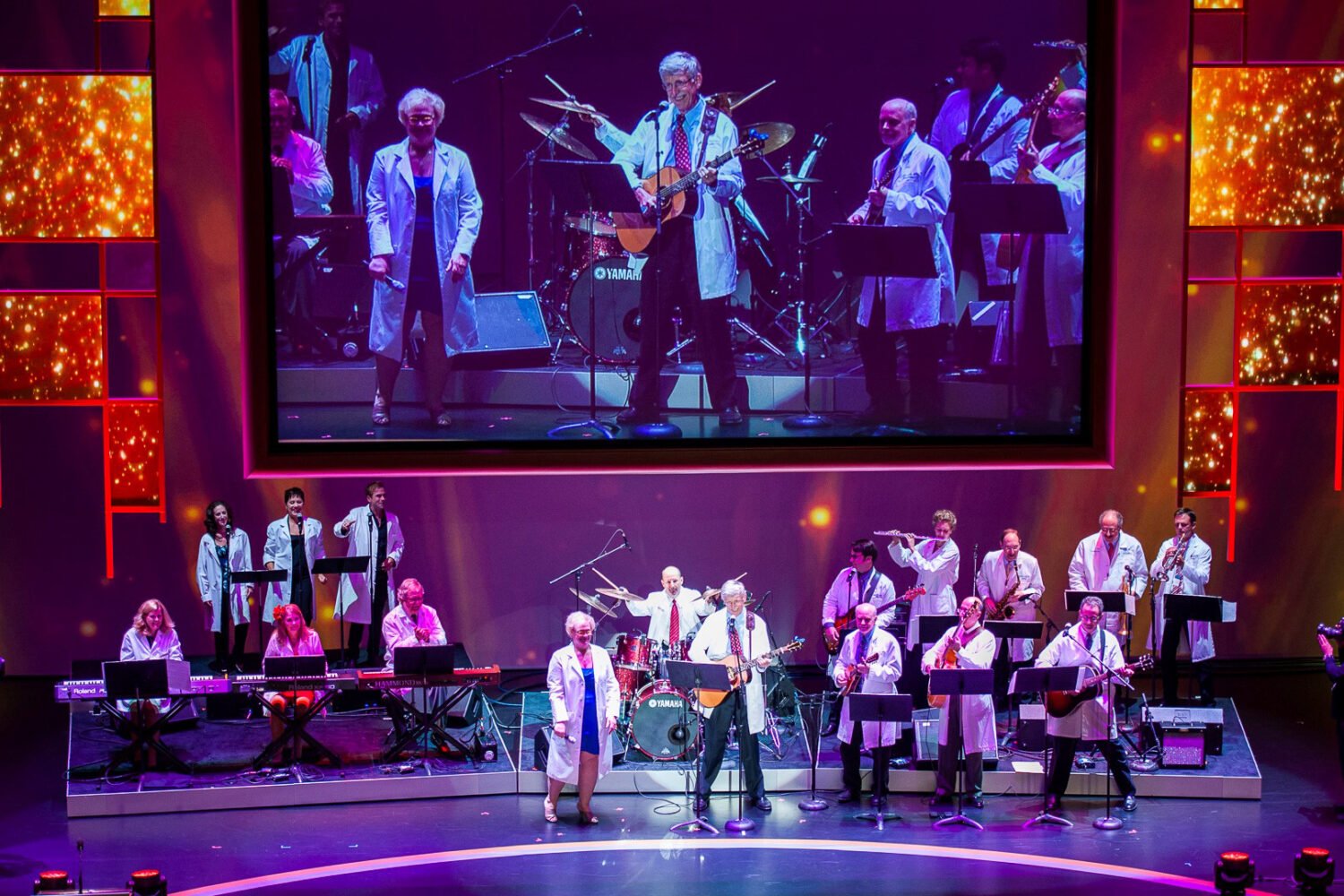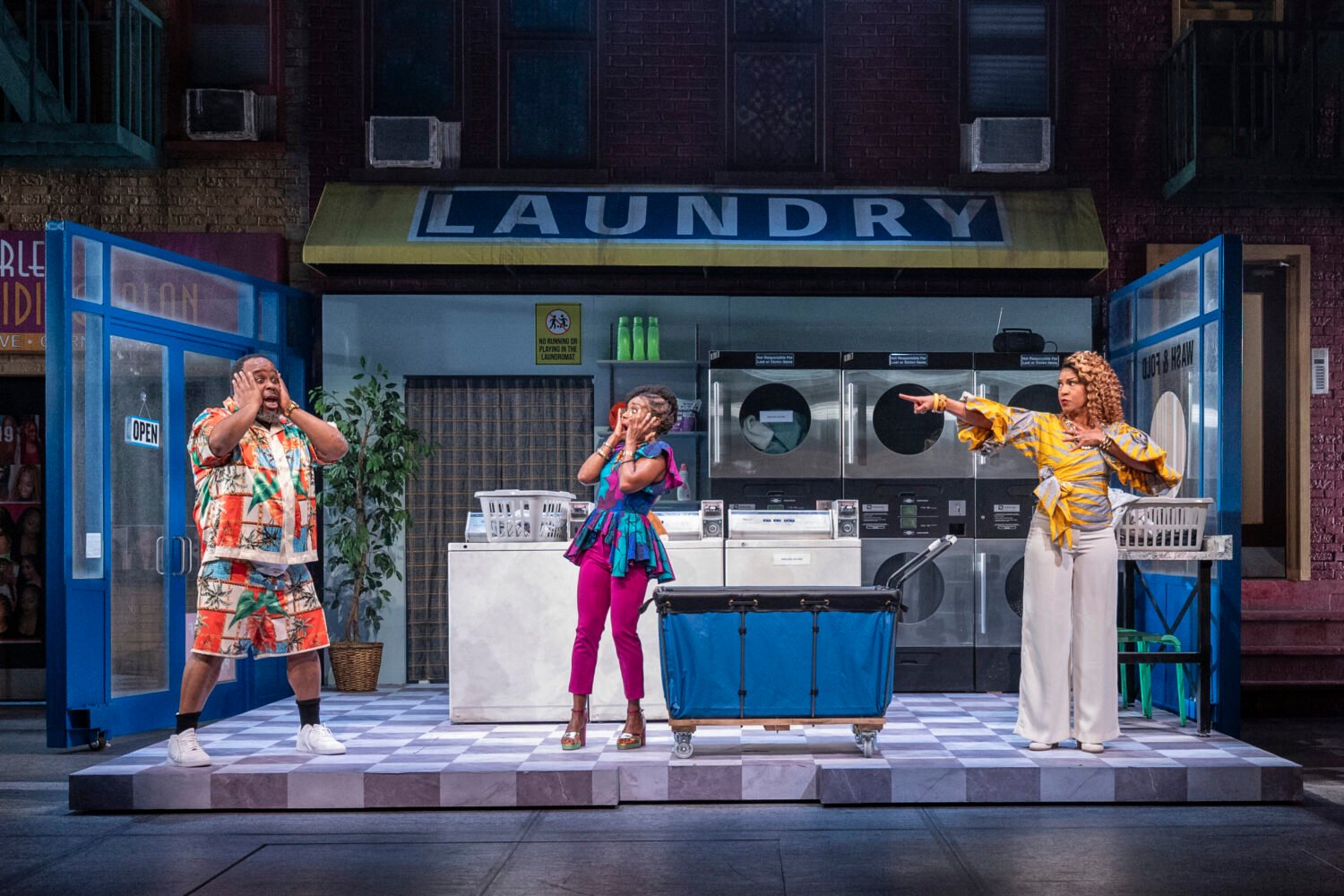Piffaro, the Renaissance wind band. Photograph courtesy of Piffaro
Out of the burgeoning field of holiday concerts in Washington, the one offered by the Folger Consort seemed likely to be the best—and not merely the least annoying. Having heard the group’s program of music from the Spanish Renaissance on Saturday night in the Folger Shakespeare Library’s garland-and-light-adorned Elizabethan theater, it’s official. If you’re tired of the same few carols assaulting your ears everywhere—on the radio, in store lobbies, from speakers while you put gas in your car—take an evening to go back four or five hundred years in time and listen to some old and less familiar music for Christmas. Most of it, except for a few pieces that are more widely known—including the inevitable villancico Ríu Ríu Chíu, performed here in the best possible way—you won’t have heard before.
The program takes its title from one of the motets by Spanish composer Tomás Luis de Victoria, O Magnum Mysterium, which opened the evening, evocatively sung from the echoing stone hall outside the theater. The five guest singers (Rosa Lamoreaux, Roger Isaacs, Aaron Sheehan, William Sharp, and François Loup) are principally solo voices, but they made a lovely blend as an ensemble. The Latin sacred pieces—by Cristóbal de Morales and Victoria, and mostly proper to the various Catholic feast days of Advent and Christmas—were sometimes performed by the voices alone and sometimes, quite appropriately for the late Renaissance, with instrumental doubling. Even more pleasing were several villancicos by Guerrero, devotional pieces in Spanish that are still sacred but more popular in tone. The best solo contributions came from tenor Aaron Sheehan, alternating limpid psalm tone verses in a setting of Laudate pueri with instrumental verses by Philippe Rogier, and soprano Rosa Lamoreaux, in the lovely anonymous song Yo me soy la morenica, with a charming flourish at the coincidental mention of her name in the line, “I am the rose without thorns.”
The guest singers were a distinct improvement over the Folger Consort’s last attempt at a Spanish Renaissance theme for its December concert, in 2008, and the instrumental consort was, too. As has become the norm, there was only one actual member of the Folger Consort, joined by members of the Renaissance wind band Piffaro. The unexpected sounds of the plethora of historical instruments were the other principal delight of this concert, as the musicians kept returning to two large tables at the back of the stage, containing a children’s treasury of odd-looking horns of various kinds. From the processional “Gaita,” a dance tune featuring three musettes (medieval bagpipes) that accompanied the entrance of the musicians, the range of sounds—all sizes of mellow recorders, tinkling harps and guitar, buzzing shawms, sweet sackbuts, and lowing dulcians, including some that were taller than the players—continually tickled the ears. When the whole ensemble of players and singers joined together, as in the catchy final villancico, No la devemos dormir la noche sancta, it was a joyful noise indeed.
The Folger Consort presents its concert of Christmas music from Renaissance Spain, O Magnum Mysterium, through December 18. Tickets are ($45) available through the Folger’s Web site.
















